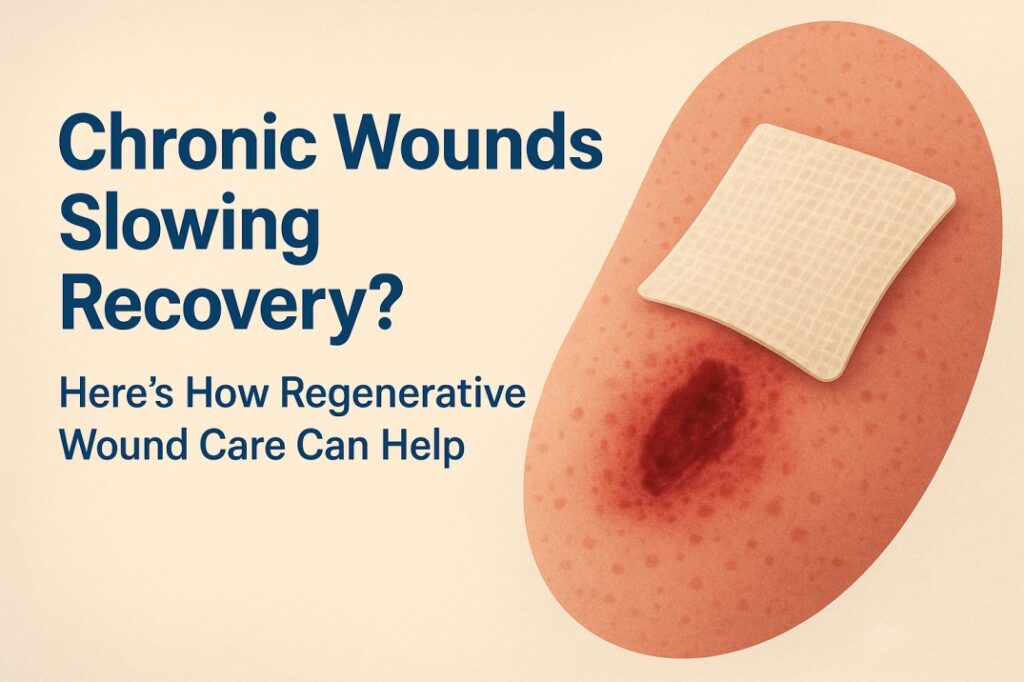Chemical peels are a powerful skincare treatment designed to improve skin texture, tone, and overall radiance. However, many patients experience redness, peeling, and sensitivity as their skin undergoes the healing process. While these effects are temporary, they can be uncomfortable and may cause concerns about appearance and recovery time.
If you’re considering Chemical Peeling in Islamabad or have recently undergone the procedure, understanding how to minimize redness and peeling can help you achieve optimal results while keeping your skin healthy.
Why Does Redness and Peeling Occur After a Chemical Peel?
Chemical peels work by exfoliating the top layer of skin, allowing new, healthy skin to emerge. Depending on the type of peel, the depth of penetration, and individual skin type, patients may experience:
✔ Redness – The skin appears flushed due to increased blood circulation and cell turnover.
✔ Peeling – Dead skin cells shed as part of the exfoliation process, revealing fresh skin underneath.
✔ Tightness and Sensitivity – The skin may feel dry or irritated as it heals.
While mild redness and peeling are common, severe irritation or prolonged inflammation may indicate improper aftercare or an allergic reaction. Proper skincare and a gentle healing approach can reduce discomfort and speed up recovery.
How to Reduce Redness and Peeling After a Chemical Peel
1. Keep Your Skin Hydrated
One of the most effective ways to reduce redness and peeling is to keep the skin moisturized. Hydration prevents excessive dryness and irritation, helping the skin heal faster.
✔ Use a fragrance-free, hydrating moisturizer with ingredients like hyaluronic acid, ceramides, and aloe vera.
✔ Apply a lightweight, non-comedogenic moisturizer twice daily.
✔ Avoid oil-based or heavy creams that may clog pores.
💡 Tip: Keep a hydrating mist on hand to refresh your skin throughout the day without disrupting healing.
2. Avoid Picking or Scrubbing Your Skin
As the skin starts to peel, it can be tempting to pick or rub off the flakes. However, this can:
🚫 Lead to scarring or hyperpigmentation
🚫 Cause prolonged redness and irritation
🚫 Expose unhealed skin to bacteria
Instead, let the peeling process happen naturally. If necessary, use a soft, damp washcloth to gently remove loose skin without scrubbing.
3. Use a Gentle Cleanser
Harsh cleansers can strip the skin of its natural oils, worsening redness and peeling. Instead, choose a mild, non-foaming cleanser that helps cleanse without causing irritation.
✔ Look for sulfate-free and alcohol-free formulas.
✔ Use lukewarm water instead of hot water.
✔ Pat the skin dry with a soft towel instead of rubbing.
💡 Tip: Avoid exfoliating cleansers containing beads or acids until peeling has completely stopped.
4. Apply a Cooling Gel or Soothing Serum
Redness can be calmed by using cooling products with anti-inflammatory ingredients.
✔ Aloe vera gel – Reduces inflammation and hydrates the skin.
✔ Chamomile extract – Soothes irritation and redness.
✔ Centella Asiatica (Cica) – Speeds up skin recovery.
💡 Tip: Store these products in the refrigerator for an added cooling effect when applied to the skin.
5. Avoid Sun Exposure
Direct sunlight can worsen redness, prolong healing, and increase the risk of hyperpigmentation.
✔ Always wear sunscreen (SPF 30 or higher) daily.
✔ Choose a broad-spectrum sunscreen with zinc oxide for gentle protection.
✔ Wear a hat and sunglasses if you’re stepping outside.
💡 Tip: Even indoor lighting and computer screens can affect sensitive skin, so sunscreen is essential even when staying indoors.
6. Avoid Harsh Skincare Products
Some ingredients can irritate post-peel skin, leading to more redness and peeling. Until your skin fully recovers, avoid:
🚫 Retinoids (Retinol, Tretinoin, Retin-A)
🚫 Alpha Hydroxy Acids (AHAs) like glycolic or lactic acid
🚫 Beta Hydroxy Acids (BHAs) like salicylic acid
🚫 Vitamin C serums (high concentrations may cause irritation)
🚫 Benzoyl Peroxide (used in acne treatments)
💡 Tip: Introduce these ingredients back into your routine gradually once your skin has healed completely.
7. Drink Plenty of Water
Internal hydration plays a huge role in skin healing. Dehydration can make redness worse and slow down the peeling process.
✔ Drink at least 8 glasses of water daily.
✔ Consume water-rich foods like cucumbers, watermelon, and oranges.
✔ Avoid caffeinated or alcoholic drinks, as they can cause dryness.
💡 Tip: Herbal teas like chamomile or green tea have anti-inflammatory properties that can aid skin recovery.
8. Sleep on a Clean Pillowcase
Bacteria and product residue on pillowcases can irritate the skin.
✔ Change your pillowcase every 2-3 days.
✔ Use silk or satin pillowcases to prevent friction and irritation.
✔ Sleep on your back to avoid unnecessary pressure on the face.
💡 Tip: Avoid using fabric softeners or strong detergents that may contain skin irritants.
9. Take an Anti-Inflammatory Diet
What you eat can impact how quickly your skin heals.
✔ Eat omega-3-rich foods like salmon, flaxseeds, and walnuts to reduce inflammation.
✔ Include antioxidant-rich foods like berries, spinach, and turmeric.
✔ Avoid processed, fried, or spicy foods, which may increase redness.
💡 Tip: Drinking green tea can provide anti-inflammatory benefits for the skin.
10. Follow Up with Your Dermatologist
If redness persists beyond the expected healing period or worsens, it’s important to consult your skincare specialist. They may recommend:
✔ A calming skincare product to soothe the skin.
✔ A post-treatment hydration mask to restore moisture.
✔ A prescription anti-inflammatory cream if irritation is severe.
💡 Tip: Never try to self-treat prolonged redness with random products. Always seek professional advice.
Conclusion
Reducing redness and peeling after a chemical peel requires proper hydration, sun protection, and gentle skincare. By following a soothing routine, avoiding harsh ingredients, and staying hydrated, you can ensure a smooth recovery and maximize the benefits of your treatment.
If you’re looking for expert chemical peeling treatments and personalized skincare solutions, visit Dynamic Clinic for professional guidance and the best care for your skin.









